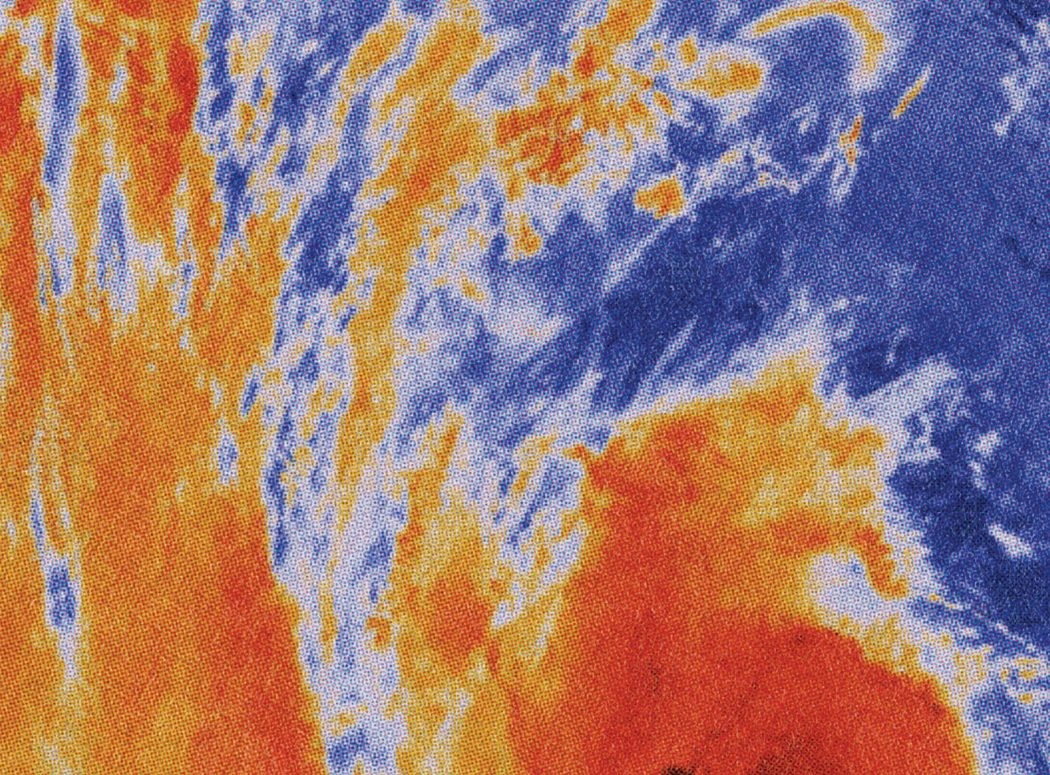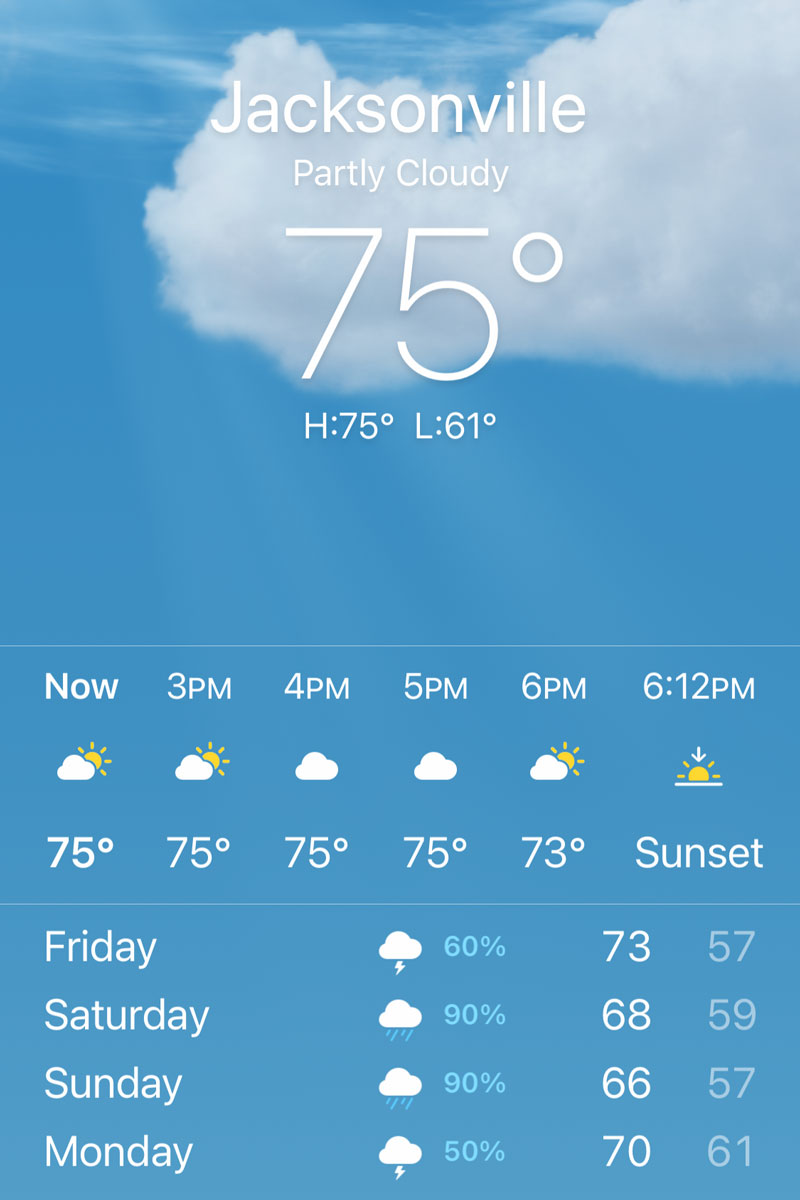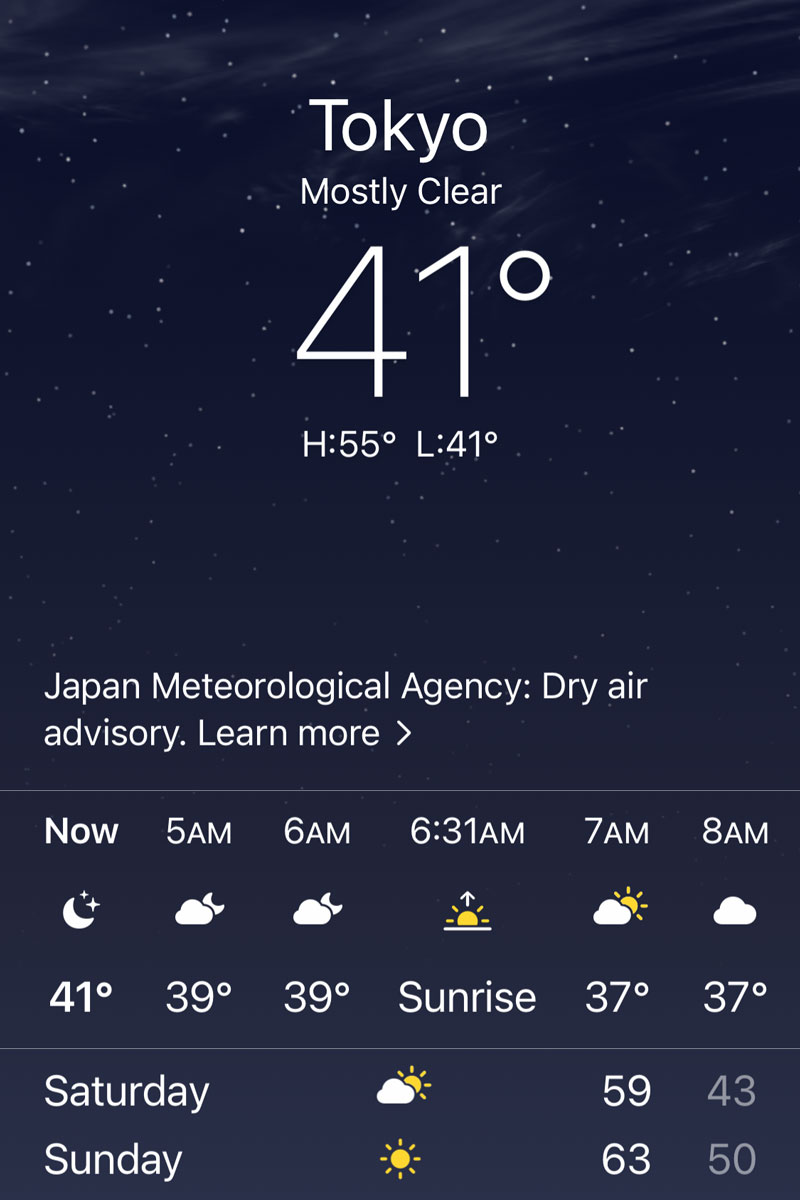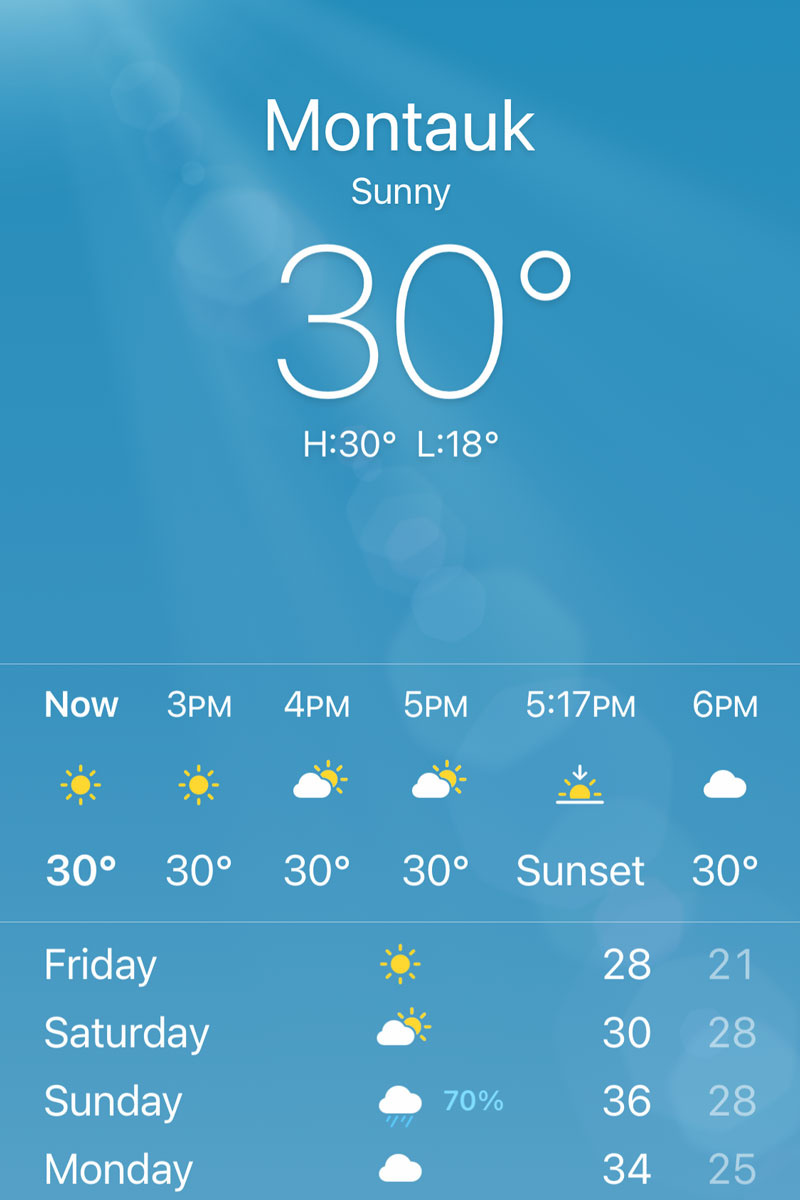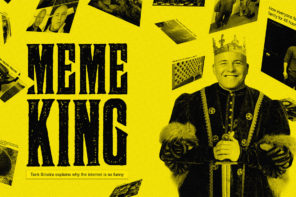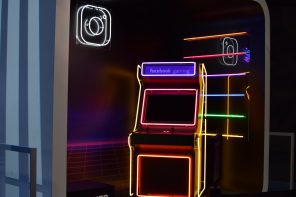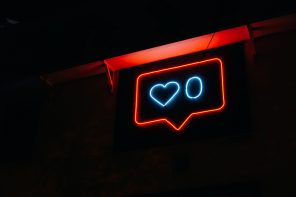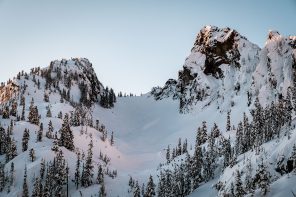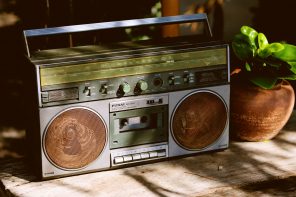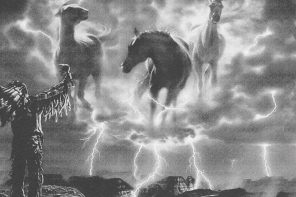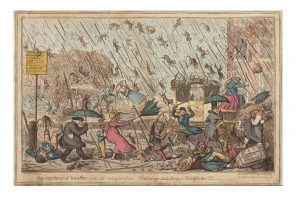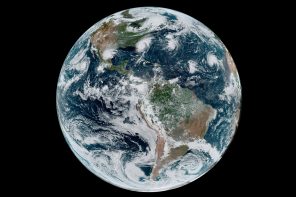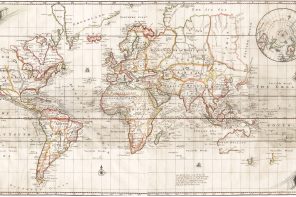Swapping Snapchat, Instagram and Facebook for Doppler in your pocket
Written by Matt Rickett
I’d had enough of social media. Barrages of either bad news or companies trying to execute the high-wire act of riding the coattails of the aforementioned. Doomscrolling had become a hobby. So I left social media. Deleted Facebook and Instagram, shuttered Snapchat, bid adieu, and said bye-bye to TikTok.
What I expected to do with my time was read more (nope), learn French (Duo est une chouette), or be more productive. What happened was I became obsessed with weather apps. Turns out there’s
a long history of finding solace and shelter in tracking storms. Phenology—or the study of the changing of the seasons—is a way that some people calm their anxieties, oftentimes coupled with the recording of seasonal changes in a journal. Goodbye doomscrolling, hello weather apps.
Weather apps acted as a lifeline to something larger than just my little tiny life in my little tiny home office or the increasing banality of
the social media scroll. I started with one, then added another and before long, got to know the ins and outs of myriad apps (and the feeling of a sense
of calm and control that came with watching and tracking the weather). Maybe one of these apps can help do the same for you.
Apple Weather
The one that comes with your phone.
The Forecast: Simple, clean, and slightly minimalist, but limited in features. Best used if you just want to know whether to bring a jacket or not.
How long I used it: For years—and then I actually got into weather.
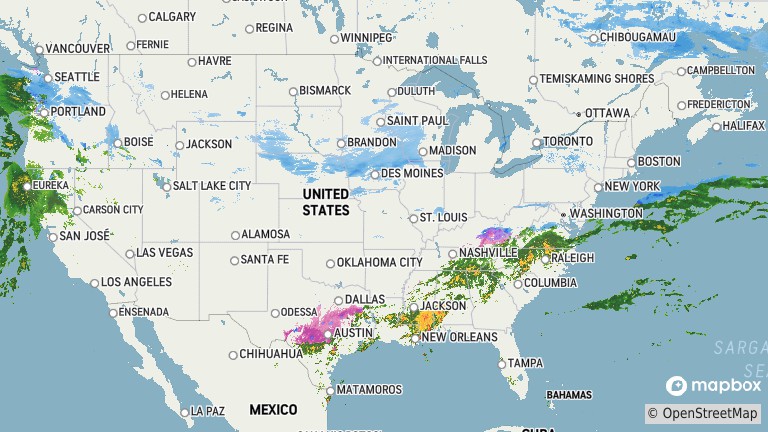
AccuWeather
The one with the same name as your local news broadcast weather team.
The Forecast: The ads are a little busy, but the display and user experience are rather easy to read. They put a premium on practical accuracy, with the MinutesCast and Real Feel feature informing you exactly when any rain or snow will start and stop and what it, presumably, really feels like.
How long I used it: About a year. It’s a good start but leaves you longing for a deeper experience.
NOAA Weather Radar Live
The one from a government agency.
The Forecast: This app is government-issued in all the wrong and right ways. First, it’s built more or less from its radar feature. It’s hooked right into the National Weather Service, so you can trust its accuracy above the rest. Third, it looks as bad as a local government website. Plus the name sounds like it might be an Icecapades show.
How long I used it: Almost a year, but I needed a better UX. We all need a better UX.
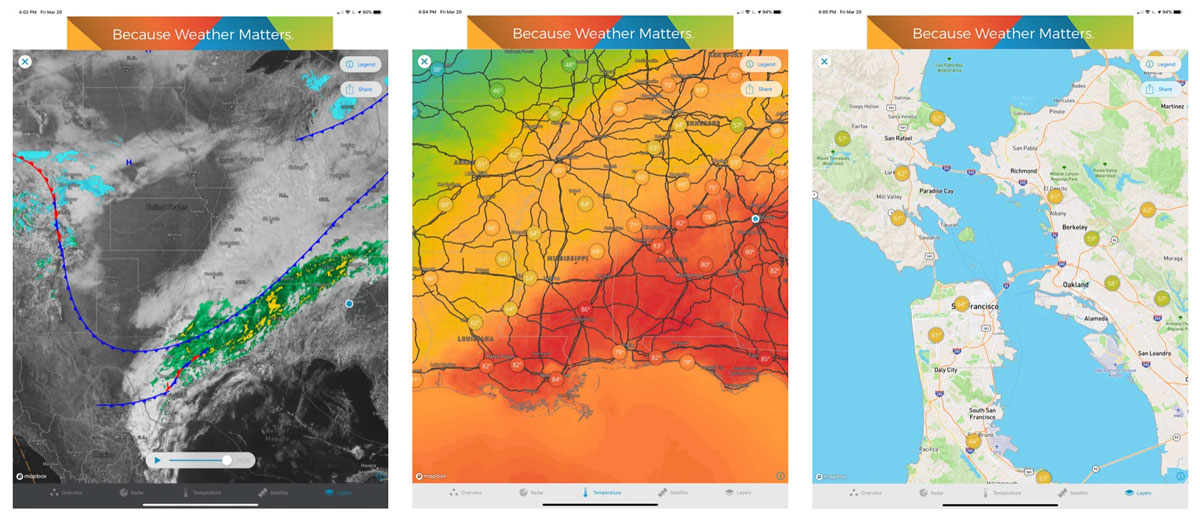
Weather Underground
The one for nerds—and that’s why I love it.
The Forecast: Weather Underground came into my life through Pam Houston’s book Deep Creek. It’s the app she’s glued to as she tracks a wildfire encroaching closer and closer to her ranch over 10,000 feet up in the Rockies. It aggregates the data from a network of Personal Weather Stations (PWS) and allows you to look them up on its radar. It’s detailed but still readable, informed but still colloquial, and it’s non-premium features (ads) are never in the way.
How long I used it: Nearly a year now, and you’d have to take my phone when I wasn’t looking and delete it to get me to stop.
CARROT Weather
The one with a sick sense of humor.
The Forecast: Carrot is delightful in its way. Yes, it costs five bucks for a weather app. And, yes, you are paying for personality and “games.” Carrott has achievements you can unlock by looking at the weather. It has secret locations you can find by scrolling through the map. It has personality levels from “professional” to “overkill.” Would you prefer your weather app to say, “Sunny day tomorrow,” or “It puts the sunscreen on its skin.” Imagine if Dick’s Last Resort told you the ten-day forecast.
How long I used it: A couple of months.

Tide Alert
The one that has only one purpose in life.
The Forecast: Essentially a tide chart, but a beautifully designed moving tide chart with a natural and graphic interface. No air or water temps, surf reports, barometric pressure readings, doppler radar or anything else. Just a graceful and entrancing horizontal scroll along the wave of high and low tides with sunrise, sunset and moon phases marked for whatever location you select.
How long I used it: Long enough to write this article for Whalebone.

